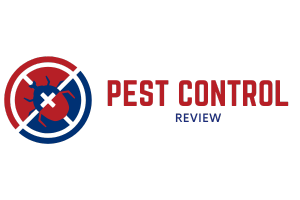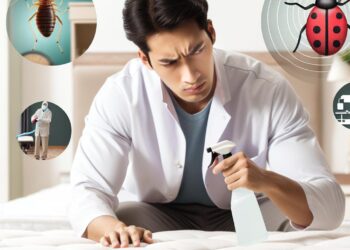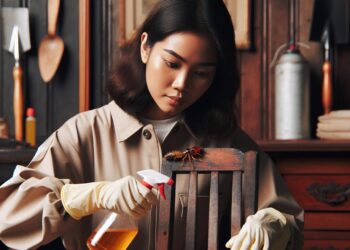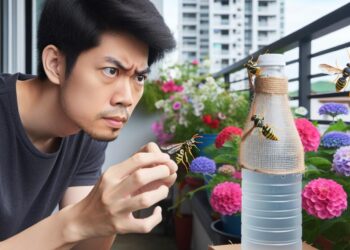Pest control is an essential aspect of maintaining the health and balance of natural ecosystems.
The preservation of these ecosystems is vital to support the planet’s biodiversity and maintain its natural resources. Pests, such as insects, rodents, and other animals, can cause significant damage to these ecosystems, resulting in ecological imbalances that can have severe consequences.
pest-control-service-worker-kids-illustrations-set
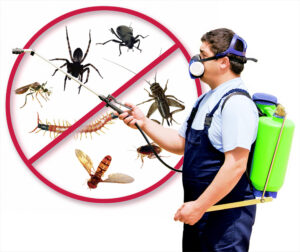
In natural ecosystems, there is a delicate balance between predator and prey, and the ecosystem relies on this balance to function properly. When pests invade, they can disrupt this balance and cause significant damage. For example, invasive species can destroy native plant life, disrupt food chains, and alter nutrient cycles. They can also cause economic damage to agriculture and forestry industries and threaten human health.
To preserve natural ecosystems, pest control is essential. One of the most effective ways to control pests is through the use of integrated pest management (IPM) strategies. IPM involves the use of a range of techniques that aim to control pests while minimizing the impact on the environment.
One approach used in IPM is biological control, which involves the use of natural predators or parasites to control pests. For example, introducing ladybugs to a garden can help control aphids without the use of chemical pesticides. Another approach is cultural control, which involves altering the environment to make it less favorable for pests. For example, keeping the garden free of debris and weeds can help prevent the buildup of pests.
Chemical control is also an option, but it should be used as a last resort. Chemical pesticides can have unintended consequences, such as killing non-target species or contaminating the environment. Therefore, they should be used sparingly and only when necessary.
It is also important to note that not all pests are harmful. Some pests play a critical role in the ecosystem. For example, bees and other pollinators are essential for the reproduction of plants, and without them, many ecosystems would collapse. Therefore, it is important to distinguish between harmful and beneficial pests and use appropriate pest control measures accordingly.
Pest control plays a vital role in preserving natural ecosystems. Without proper pest control, invasive species and other pests can cause significant damage to the environment, disrupt food chains, and threaten human health. Therefore, it is essential to use integrated pest management strategies that minimize the impact on the environment while effectively controlling pests. By doing so, we can help maintain the delicate balance of natural ecosystems and preserve them for future generations.
Natural ecosystems are complex systems that require careful management and preservation. One of the key components of ecosystem management is pest control. Pests can cause significant damage to natural habitats, disrupting the delicate balance of the ecosystem and causing harm to the native flora and fauna. In this article, we will explore the role of pest control in preserving natural ecosystems.
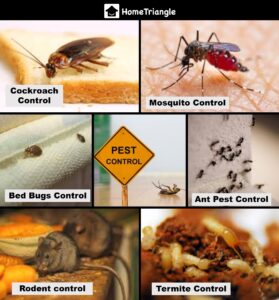
Pests can take many different forms in natural ecosystems. They may be insects, rodents, or other animals that cause harm to the environment. For example, invasive species can destroy native plant life, disrupt food chains, and alter nutrient cycles. In addition to harming the environment, pests can also cause significant economic damage to agriculture and forestry industries, as well as posing a threat to human health.
One of the most effective ways to control pests in natural ecosystems is through the use of integrated pest management (IPM) strategies. IPM involves the use of a range of techniques that aim to control pests while minimizing the impact on the environment. One approach used in IPM is biological control, which involves the use of natural predators or parasites to control pests. For example, introducing ladybugs to a garden can help control aphids without the use of chemical pesticides. This approach is highly effective in controlling pests while minimizing the use of chemical pesticides.
Another approach to pest control is cultural control. This involves altering the environment to make it less favorable for pests. For example, keeping the garden free of debris and weeds can help prevent the buildup of pests. This approach is highly effective in preventing pest infestations and can be used in conjunction with other IPM techniques.
Chemical control is another option for pest control. However, it should be used as a last resort as chemical pesticides can have unintended consequences, such as killing non-target species or contaminating the environment. Therefore, they should be used sparingly and only when necessary.
It is also important to note that not all pests are harmful. Some pests play a critical role in the ecosystem. For example, bees and other pollinators are essential for the reproduction of plants, and without them, many ecosystems would collapse. Therefore, it is important to distinguish between harmful and beneficial pests and use appropriate pest control measures accordingly.
The use of IPM techniques has been highly effective in controlling pests and preserving natural ecosystems. For example, in Australia, the use of IPM techniques has been highly effective in controlling invasive species such as the cane toad. The cane toad was introduced to Australia in the 1930s as a means of controlling the cane beetle, but it has since become a significant pest, causing harm to native species and ecosystems. The use of IPM techniques, including biological control, has been highly effective in controlling the spread of the cane toad and preserving natural ecosystems.
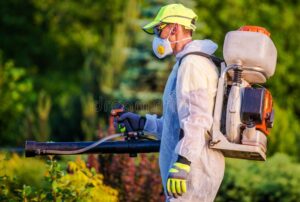
In addition to controlling pests, the preservation of natural ecosystems requires careful management of other factors such as habitat loss, pollution, and climate change. Habitat loss, in particular, is a significant threat to natural ecosystems. As human populations expand, natural habitats are being destroyed to make way for agriculture, industry, and housing. This destruction of natural habitats is causing significant harm to the environment, with many species facing extinction as a result.
Conclusion: To preserve natural ecosystems, it is essential to protect and restore natural habitats. This can be achieved through the creation of protected areas such as national parks and nature reserves. Protected areas are essential for preserving natural habitats and allowing native species to thrive. In addition to creating protected areas, it is also essential to manage human activities in and around natural habitats to minimize the impact on the environment.
